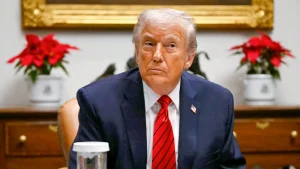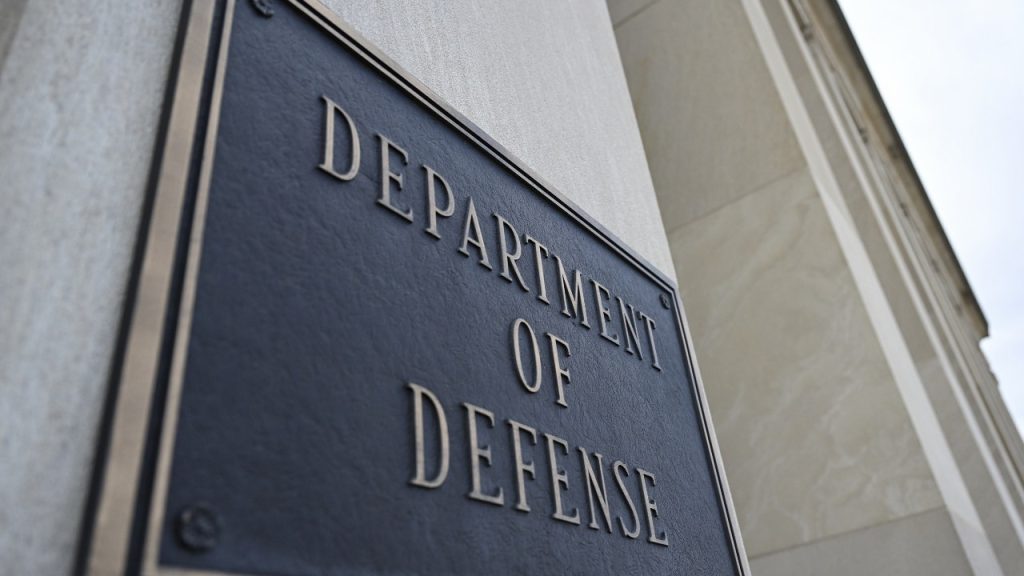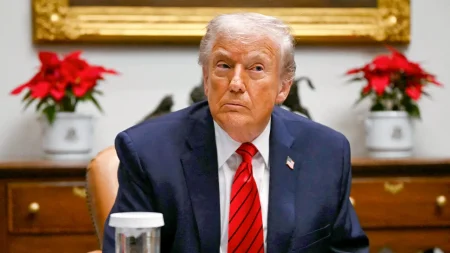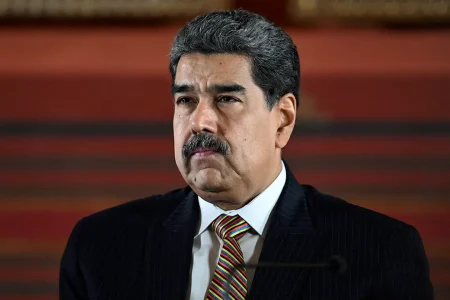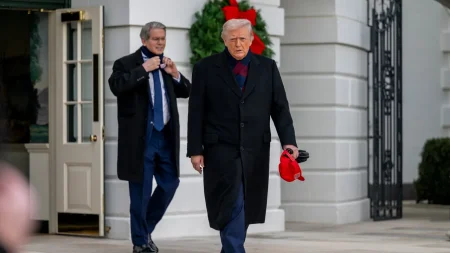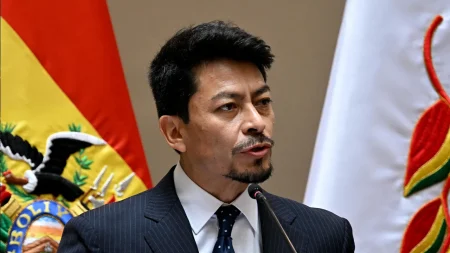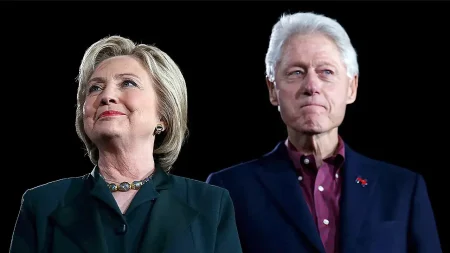Pentagon to Be Renamed Department of War in White House Rebranding Initiative
The Trump administration has confirmed plans to rename the Department of Defense to the Department of War, returning to the historical designation it held from 1789 until after World War II. The White House framed this change as part of a broader effort to refocus the military on offensive capabilities rather than purely defensive ones. White House deputy press secretary Anna Kelly explained that President Trump wants to prioritize “warfighters at the Pentagon instead of DEI and woke ideology,” suggesting this rebranding reflects a fundamental shift in military philosophy and organizational culture.
The Department of War has deep historical roots in American government, having been established by Congress in August 1789 to oversee military operations and maintenance. After World War II, it underwent a brief transition to the “National Military Establishment” before settling on the Department of Defense name that has remained in place for decades. President Trump expressed a nostalgic view of the original name, connecting it to America’s military successes: “We won World War I and World War II. It was called the Department of War. To me, that’s really what it is,” he stated at a recent White House appearance. This sentiment suggests the administration believes the original name better reflects the department’s purpose and historical legacy of victory.
While the president appears enthusiastic about the change, the path to officially implementing it remains somewhat unclear. Federal executive departments are created by congressional legislation, which would typically require an amendment to legally change the name. However, Trump expressed confidence that “Congress will go along if we need that,” while also suggesting that formal approval might not be necessary. Legal experts note that the president has options – he could recommend legislation for an official change or simply implement an informal rebranding without formal approval. This approach reflects the administration’s willingness to pursue executive action when faced with potential legislative hurdles.
The timing of this announcement is significant, coming amid broader debates about the role and focus of America’s military establishment. Trump had previously indicated the change would happen “over the next week or so,” creating anticipation for what many see as a symbolic but meaningful shift in how the government characterizes its defense apparatus. By emphasizing that “Defense is too defensive” and highlighting the need to “be offensive too if we have to be,” the president is signaling a more assertive military posture that aligns with his administration’s broader foreign policy approach. This rebranding effort appears designed to communicate strength both domestically and internationally.
The proposed name change has sparked discussions about the relationship between language and military policy. Critics may view the return to “Department of War” as an unnecessarily aggressive posture, while supporters might see it as honest labeling that better reflects the reality of military operations. The White House’s emphasis on moving away from diversity, equity, and inclusion initiatives (DEI) and what they term “woke ideology” positions this rebranding as part of a larger cultural shift within military institutions. This framing connects bureaucratic terminology to broader political debates about military readiness, priorities, and social policies within government organizations.
As this rebranding initiative moves forward, questions remain about implementation details and potential impacts on military operations, international perceptions, and internal organizational culture. While a name change might appear largely symbolic, such symbols carry weight in diplomatic circles and public discourse. The administration’s “stay tuned” message suggests additional related announcements may be forthcoming as part of a comprehensive approach to military reorganization. Whether this represents primarily a cosmetic change or signals deeper structural reforms to military administration and strategy will likely become clearer in the coming weeks as the administration provides more details about its vision for the newly renamed department.
